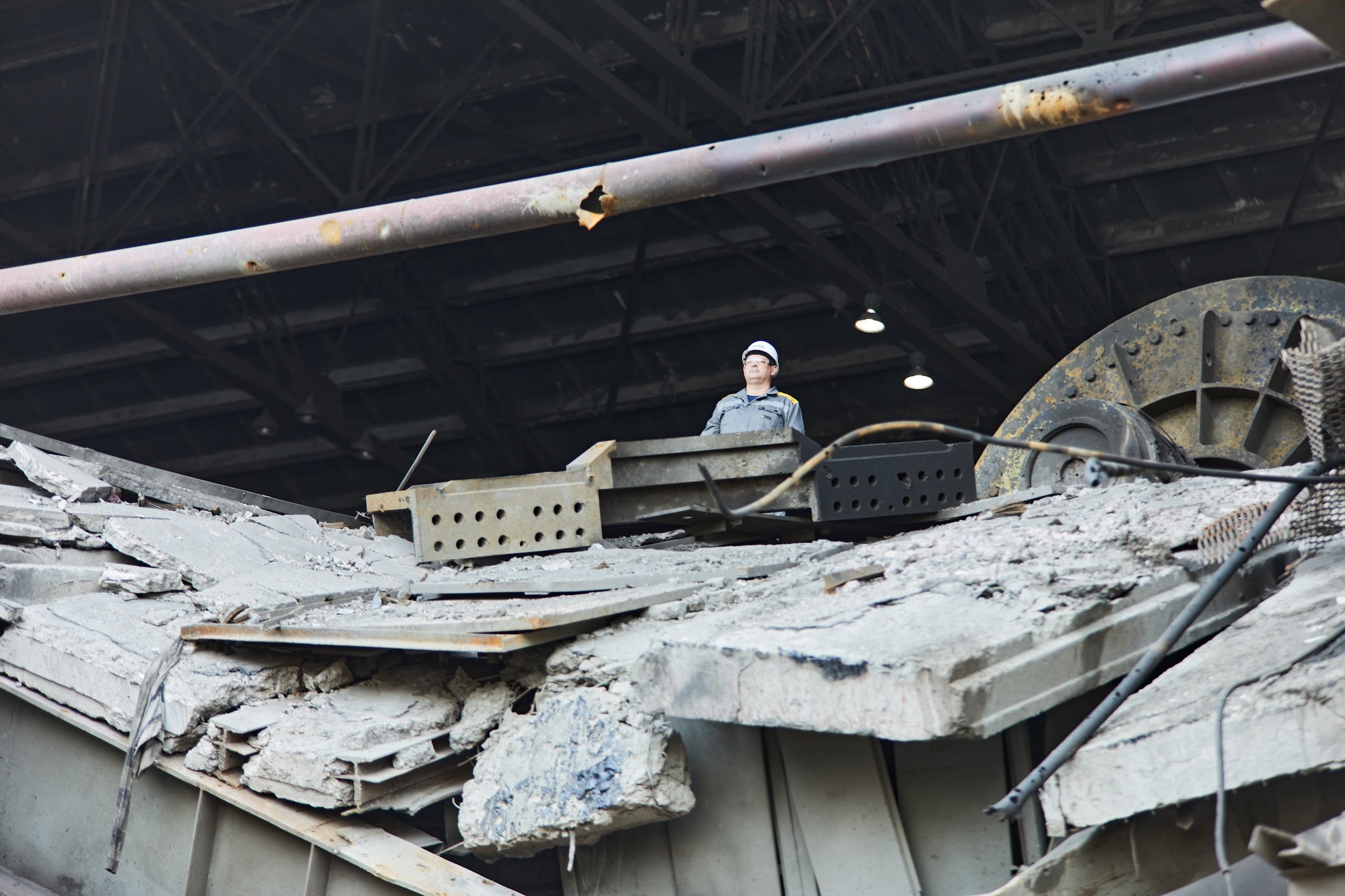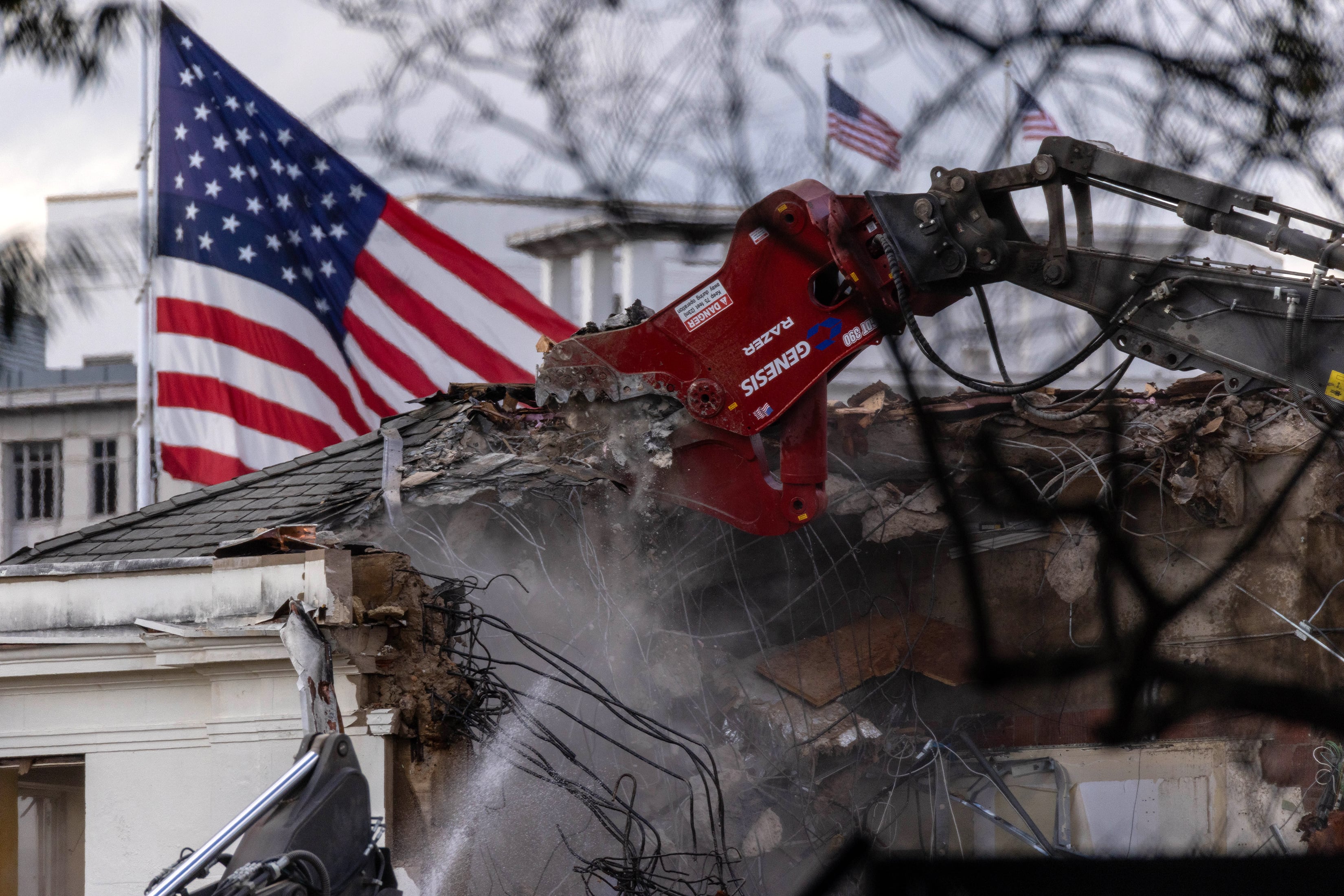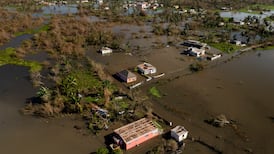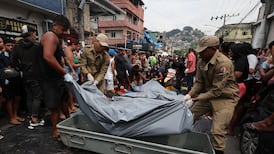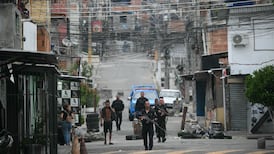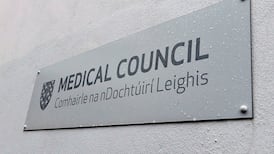Hurricane Melissa made landfall in Jamaica on Tuesday afternoon as a Category 5 storm, one of the most powerful ever recorded in the Atlantic basin.
The storm struck the southwest of the island near the town of New Hope. The US National Hurricane Centre, which monitors Atlantic storms, said it had maximum sustained wind speeds of 295 km/h.
Widespread devastation was quickly apparent on Tuesday afternoon local time after the worst of the storm struck around 1pm. There was heavy flooding in south west Jamaica within hours, as well as numerous buildings with roofs torn off and many roads blocked by fallen trees and rocks.
More than 240,000 customers were already without power due to the effects of the storm before it made landfall. A hospital in St Elizabeth suffered damage, including to a generator struck by falling debris.
READ MORE
Health officials in Jamaica warned residents to beware of crocodiles, which could move into residential areas seeking dry ground as water levels rise.
Melissa is the second Atlantic storm ever to make landfall with such strong winds. The only other storm to reach such wind speed at landfall occurred before hurricanes were officially named and was known as the “Labor Day Hurricane” of 1935, which killed hundreds and caused serious damage in the Florida Keys.
“It’s a catastrophic situation expected in Jamaica,” the World Meteorological Organisation’s tropical cyclone specialist Anne-Claire Fontan told a Geneva press briefing ahead of landfall. “For Jamaica, it will be the storm of the century for sure.”

Storm surges of up to four metres were expected, she said, with rainfall set to exceed 70cm, which is more than half the average annual rainfall in Ireland. Catastrophic flash flooding and landslides were predicted, she said.
The US National Hurricane Centre (NHC) expected the storm to cross Jamaica on Tuesday night, striking eastern Cuba and then the Bahamas and Turks and Caicos on Wednesday. The storm was moving slowly, increasing the potential damage the winds and rain could cause in Jamaica.
Taoiseach Micheál Martin issued a statement strongly advising all Irish citizens in the region to seek appropriate shelter. Western Jamaica, which is the worst affected by the storm, includes most of the country’s tourist resort areas, including Montego Bay.
“The Jamaican authorities have also warned that heavy rainfall caused by the hurricane is also expected to cause serious flash flooding and landslides, even after the hurricane has passed,” Mr Martin said.
He said the Irish Embassy in Canada, as well as officials in Dublin and the Irish honorary consul in Kingston, are ready to provide assistance if needed. “If you require consular assistance contact +1 613 233 6281,” he said.
As of Tuesday, there were 250,000 tourists in the country, Jamaican officials said.
The hurricane’s slow movement over unusually tepid Caribbean water had contributed to its ballooning size and strength, NHC forecasters said, threatening Jamaica with days of never-before-seen catastrophic winds and rain.
The International Federation of the Red Cross said up to 1.5 million people in Jamaica were expected to be directly affected by the storm.
To enable swift relief distribution, essential items – tarpaulins, hygiene kits, blankets and safe drinking water – had been pre-positioned in Red Cross branches on the island, a spokesman for the organisation said, with more than 800 shelters set up for evacuees. –Reuters
